 Shutterstock
Shutterstock
Whether it was the Roaring Twenties, the groovy Sixties, or the tech-driven 2000s, dogs were right there with us—wagging through history’s highs, lows, and awkward fashion phases. They comforted families during the Great Depression, joined backyard barbecues in the ’50s, chased frisbees in the ’90s, and learned to love selfies in the digital age. These loyal companions easily adapted to our changing lives, becoming cultural sidekicks who rode in our station wagons, guarded our porches, and curled up on our hearts—one unforgettable decade at a time.
Poodle
 Shutterstock
Shutterstock
Poodles have been style icons and brainiacs rolled into one, strutting through decades with fluff, flair, and emotional intelligence to spare. Whether you preferred the perfectly groomed version from the 1950s or the shaggy, hippie-influenced Standard from the ‘70s, Poodles always fit the era. Beyond their looks, these dogs brought patience, charm, and enough smarts to outwit half the household. They were equally at home in city lofts and country homes, adjusting their vibe to whatever lifestyle their family adopted. Basically, they were the dog version of a well-dressed honor student who also knows how to party.
Rottweiler
 Shutterstock
Shutterstock
Rottweilers were the strong, silent types that walked into America’s family life with muscle and a massive heart. Gaining popularity in the 1980s and ‘90s, they were both protectors and gentle giants, guarding suburban homes like furry bouncers. Despite their tough look, Rotties were famously affectionate with their people and often misunderstood as the “softies” they actually are. They’ve stood by in chaotic households, during backyard BBQs, and through the emo years of every teenager. If you needed a loyal companion who would also scare off that one neighbor kid, a Rottweiler was your dog.
Australian Shepherd
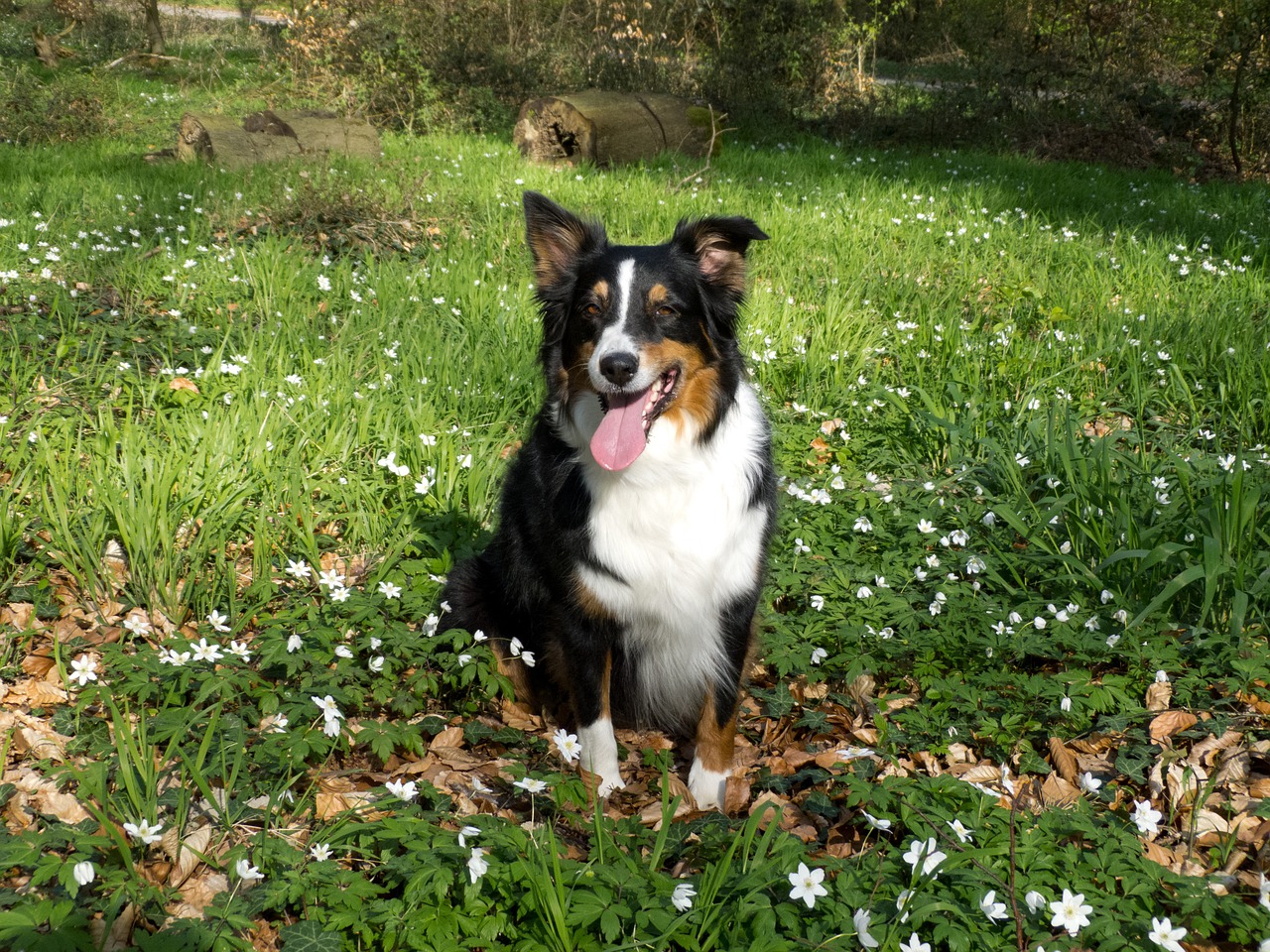 Shutterstock
Shutterstock
Aussies have been the unofficial life coaches of active American families since the post-war era. Agile, brilliant, and slightly bossy, these dogs were made for people who were always up to something—hiking, farming, skateboarding, reorganizing the garage at 2 a.m. As families evolved into a more on-the-go lifestyle in the 1990s and 2000s, Aussies were the ideal sidekicks: enthusiastic, intuitive, and ready to herd sheep and small children. Their energy was legendary, but their loyalty was even more impressive. They’ve been helping people chase dreams—and squirrels—across the decades.
Havanese
 Shutterstock
Shutterstock
The Havanese has been quietly climbing the popularity charts since the late ‘90s, charming everyone with their velvety coat and even softer personality. They’re perfect for families of all sizes, adapting effortlessly from city apartments to suburban sprawls. These lovable lapdogs offered comfort, playfulness, and surprising resilience during the Y2K scare, the rise of smart tech, and an entire era of questionable fashion choices. They were content to be wherever the people were—watching rom-coms, Zoom schooling, or vibing to 2000s pop hits. Plus, they always looked like they just came from a high-end blowout.
Weimaraner
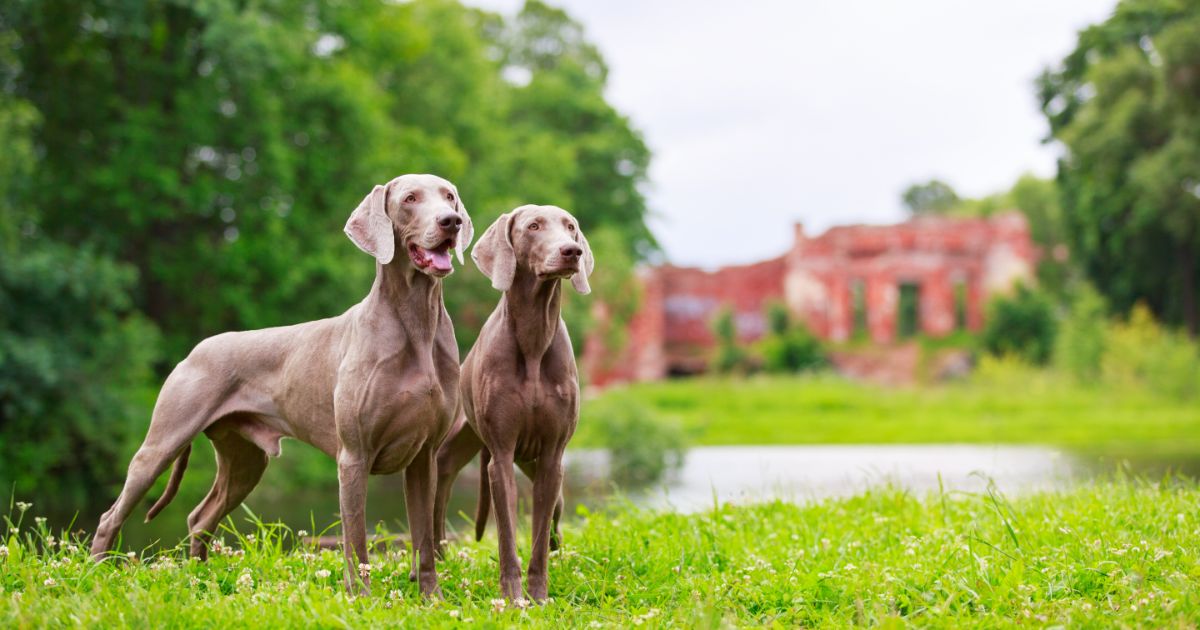 Shutterstock
Shutterstock
Weimaraners brought a touch of sleek, silver glamour to American homes throughout the 20th century. Popular in the 1950s and again in the 1990s thanks to their “ghost dog” elegance and famous photoshoots, these pups were never just background pets. They were athletic, smart, and a little dramatic, which made them great additions to families who liked a bit of flair with their fetch. Weims bonded intensely with their people and preferred to be involved in everything: school runs, meal preps, and yes, awkward family photos. If your dog could make a better entrance than you at Thanksgiving, it would probably be a Weimaraner.
Great Dane
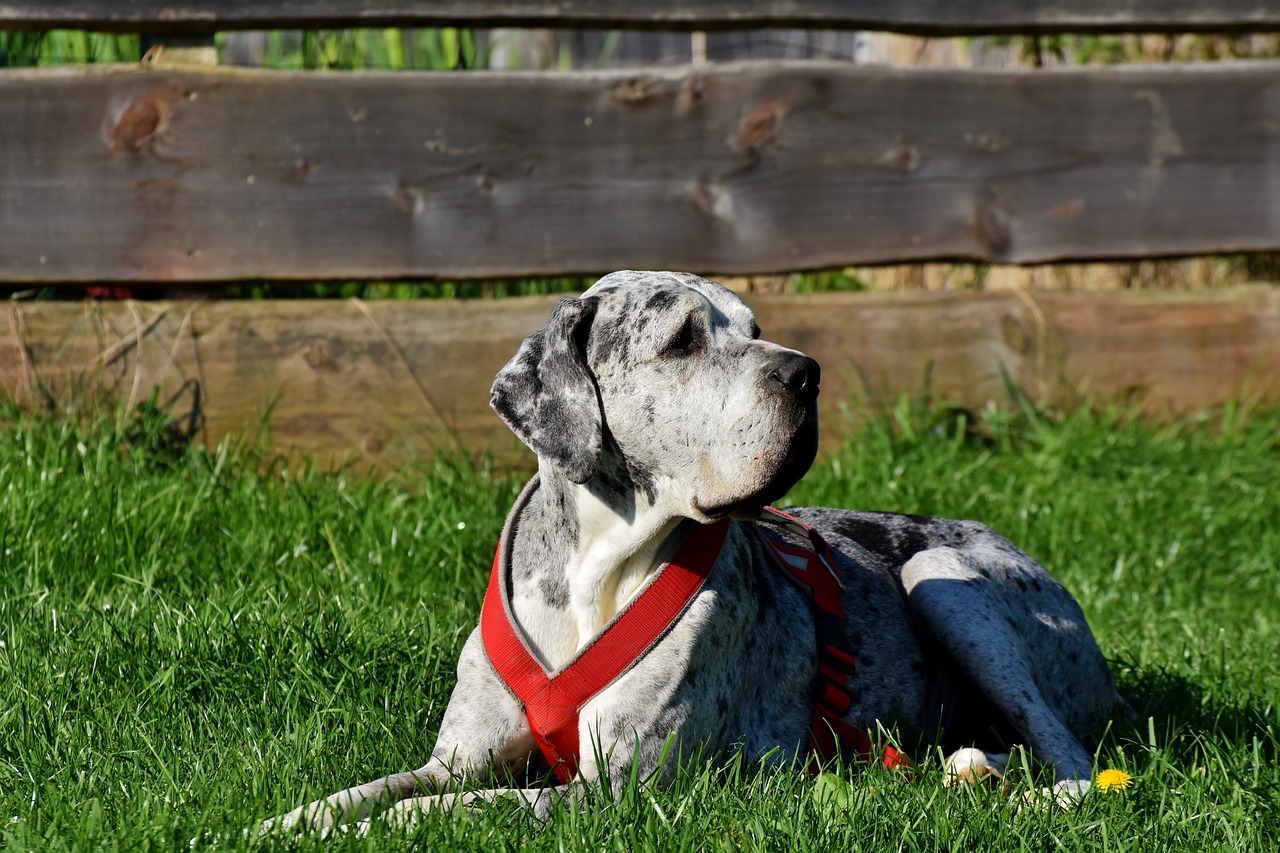 Shutterstock
Shutterstock
Great Danes have been America’s gentle giants—there to carry emotional weight and clear entire coffee tables with one swoosh of a tail. Despite their size, these dogs were sweet, sensitive, and surprisingly graceful indoors. They lumbered into family life in the mid-20th century and stayed, sometimes taking up an entire couch while pretending they were the size of a Yorkie. Their presence was comforting, their loyalty unmatched, and their drool… let’s say, memorable. Great Danes didn’t just live with the family—they were part of the furniture.
Border Collie
 Shutterstock
Shutterstock
If American families needed a dog to outsmart the entire household, the Border Collie was already three steps ahead. With intense eyes and turbocharged brains, these dogs thrived in eras celebrating hard work, from 1950s farmlands to modern homesteads and agility courses. They’ve helped herd cattle, wrangle kids, and maintain order during chaotic family game nights. While they may not be into Netflix marathons, they’ve always been the first to sense when someone’s having a bad day. Border Collies were—and are—emotionally invested project managers in dog form.
Shetland Sheepdog
 Shutterstock
Shutterstock
Shetland Sheepdogs were tiny Collies with big feelings, and they graced homes with intelligence, grace, and just a touch of anxiety. These elegant little fluff balls were family favorites in the 1980s and 1990s, excelling in obedience classes and family photo ops. Shelties loved being involved in everything from dinner prep to science fair projects and had a strong moral compass—meaning they absolutely tattled on the cat. They barked at suspicious shadows and hugged your legs when life got tough. They were like that one aunt who always remembered your birthday and told you to wear a jacket.
Newfoundland
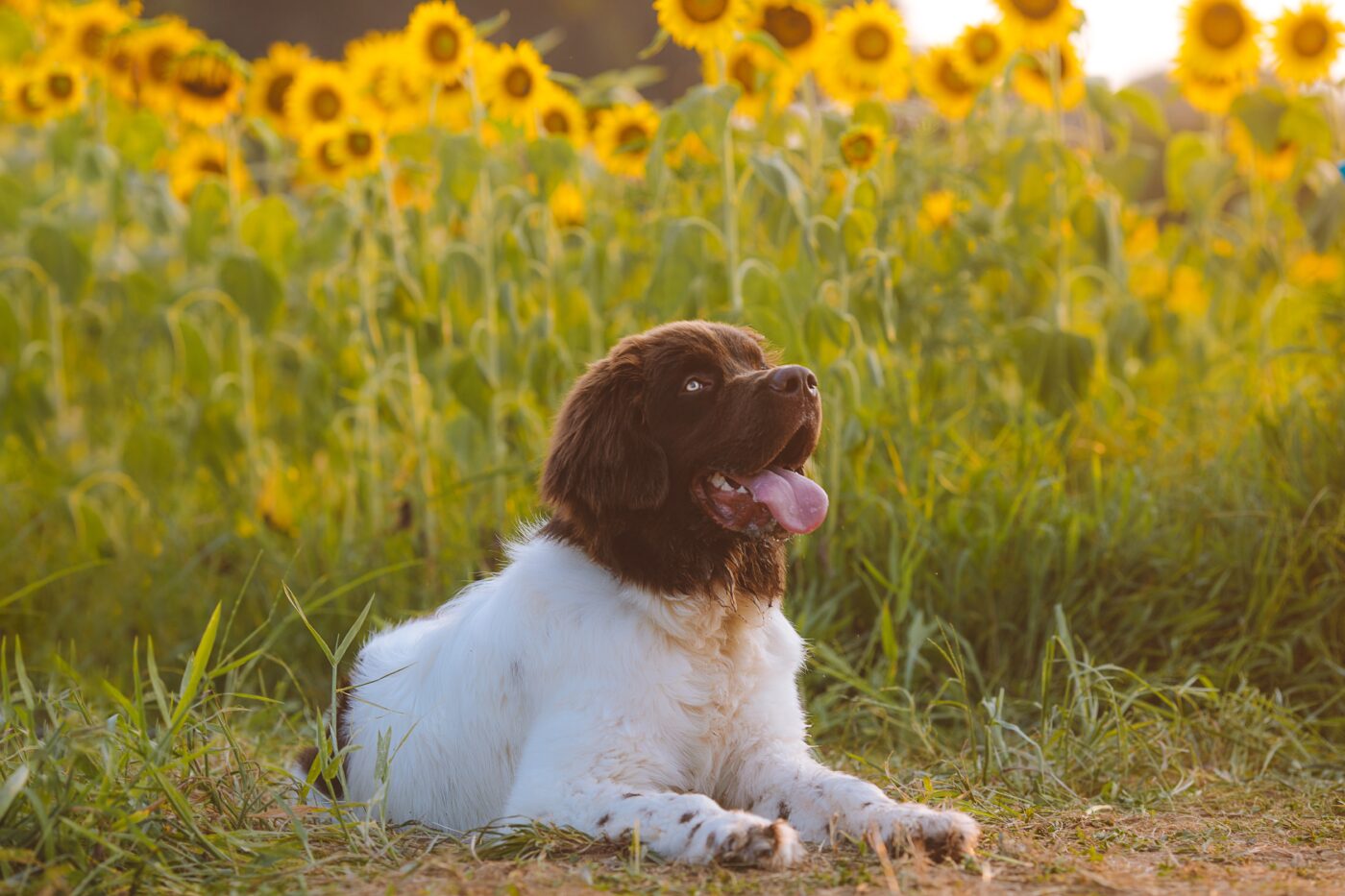 Shutterstock
Shutterstock
Newfoundlands were made to comfort families through literal and emotional storms. These bear-sized cuddle machines have been helping people through tough times since the 1800s, but became American household favorites in the 1970s and ‘80s. They were great with kids, great in water, and great at lying dramatically across doorways like furry emotional anchors. They offered warmth, patience, and steady companionship in an unpredictable world. Also, they were basically therapy dogs who drooled on everything you owned.
Vizsla
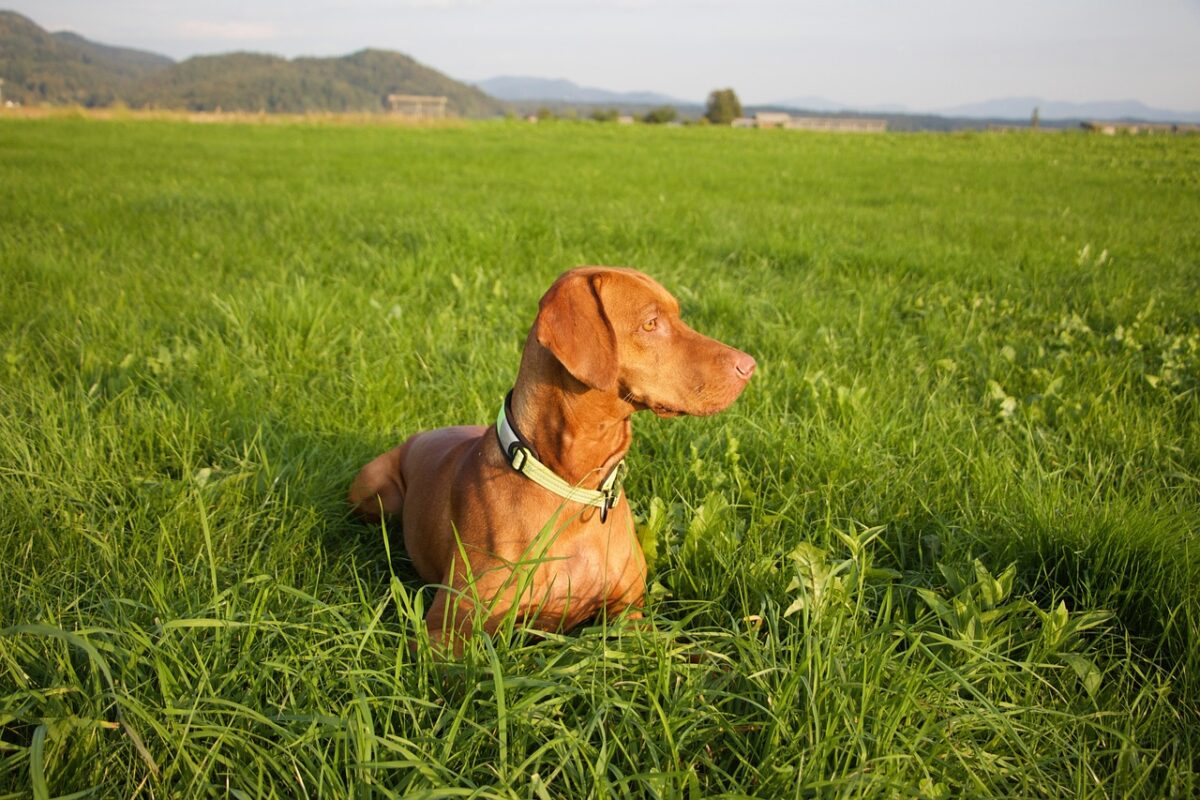 Shutterstock
Shutterstock
Vizslas weren’t just dogs—they were shadows with fur, following American families everywhere from the 1930s to now. Dubbed “Velcro dogs,” they stuck close during every life stage, from prom prep to diaper changes to midlife crises. They were always up for adventure but knew when to lie down and be there. Their sleek frame and expressive eyes made them natural heart-healers in any decade. If your dog could read your emotions faster than your therapist, it would probably be a Vizsla.
American Foxhound
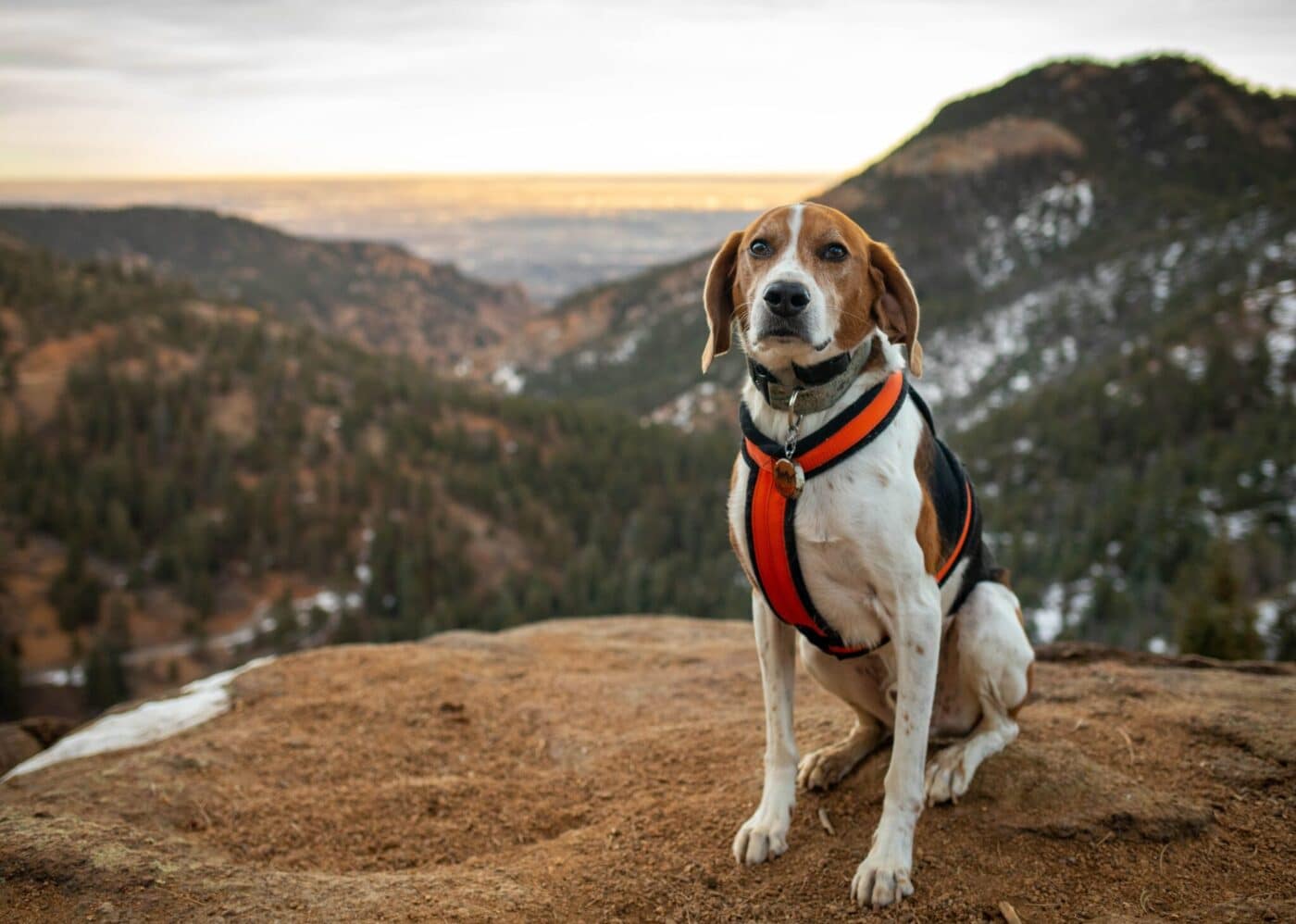 Shutterstock
Shutterstock
The American Foxhound is one of the oldest dog breeds in U.S. history and possibly one of the most underappreciated. Built for stamina and originally bred by founding fathers (yes, George Washington had some), these dogs trotted loyally through centuries of change. They kept rural families company through wars, recessions, and farming booms, always sniffing, running, and howling with pride. While they weren’t the flashiest, they were the foundation—reliable, rugged, and distinctly American. Think of them as the pickup truck of dog breeds: dependable and always ready to work.
Miniature Schnauzer
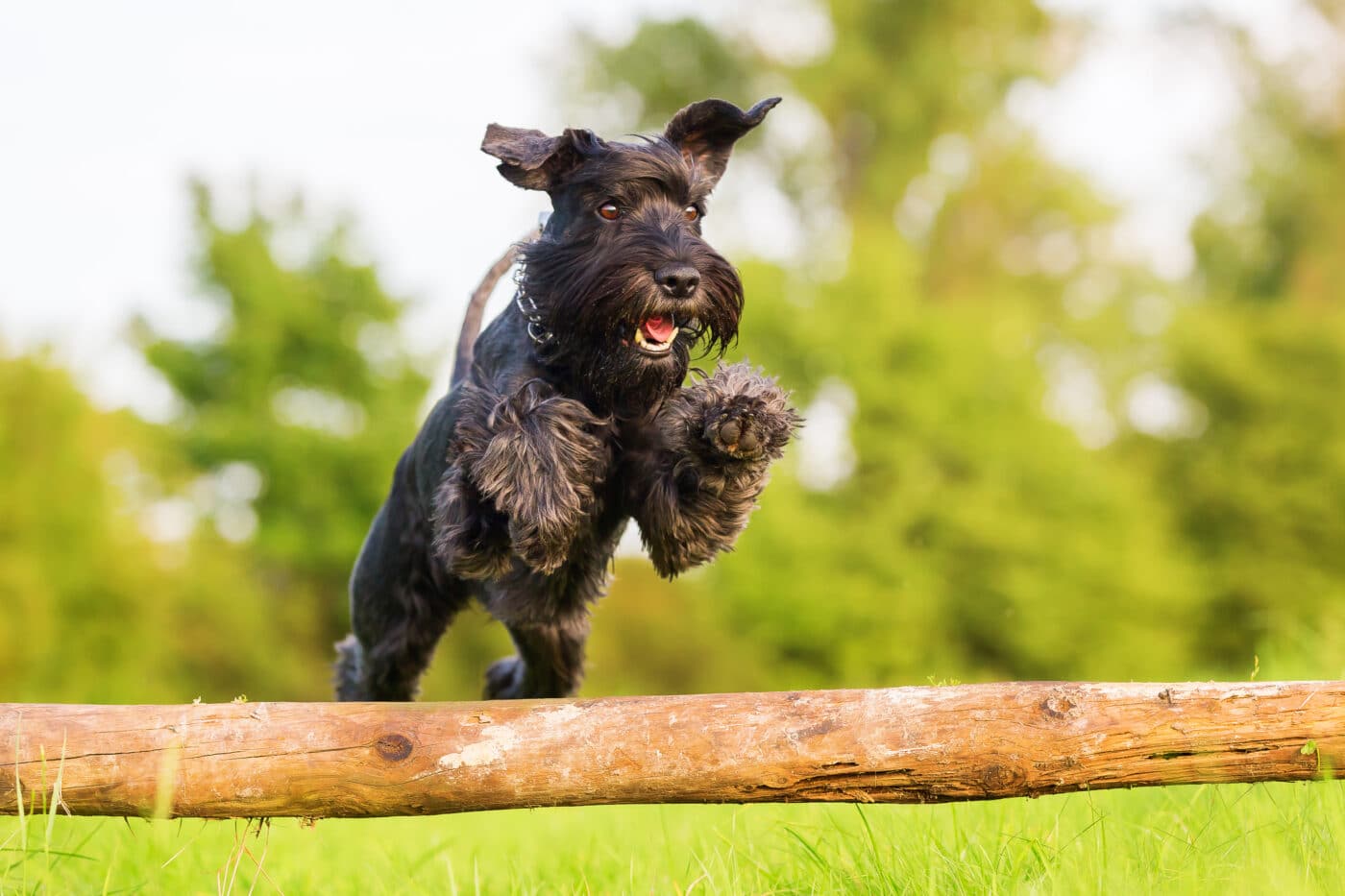 Shutterstock
Shutterstock
Miniature Schnauzers have been purposefully barking since the 1940s, when their mustachioed faces won over families nationwide. Known for their strong opinions and deep loyalty, they quickly became staples in homes where their watchdog instincts and tiny barks kept things interesting. They patrolled the backyard, alerted the household to leaf movement, and fiercely loved their people. Mini Schnauzers were like the nosy neighbor who also baked you cookies—they noticed everything and meant well. They were pint-sized guardians with huge hearts.
Irish Setter
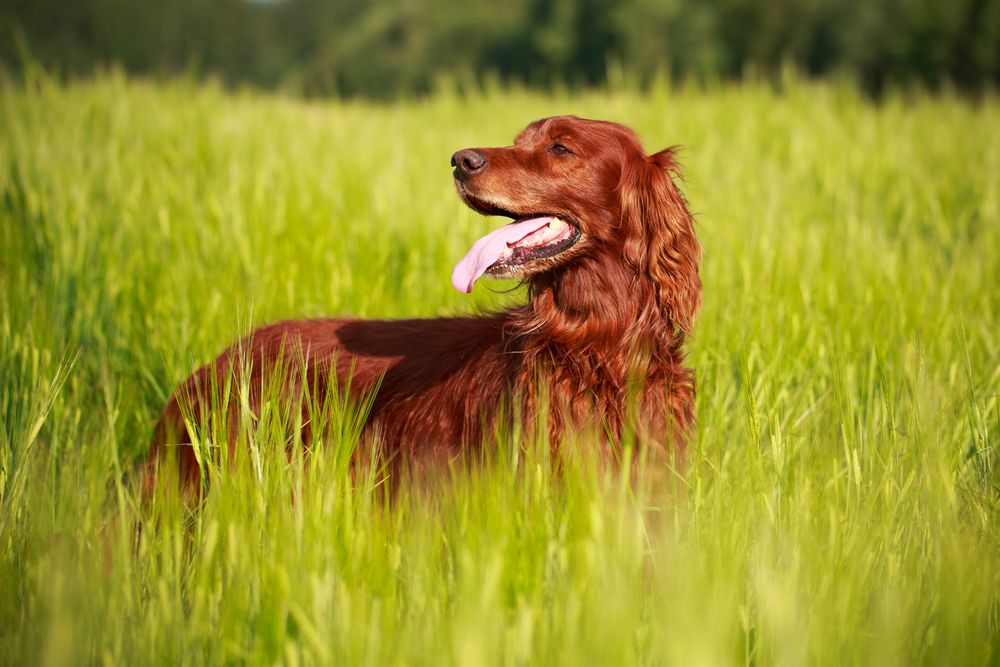 Shutterstock
Shutterstock
Irish Setters bounded into American homes in the 1960s and 70s like red-headed tornadoes of affection and energy. Their flowing coats, happy-go-lucky nature, and endless excitement made them beloved additions to families who loved chaos and cuddles. They were emotional lightbulbs, brightening every room with their joyful presence. Irish Setters weren’t just family dogs but family comedians, counselors, and jogging buddies. Also, they definitely knocked over at least one Christmas tree per household, and nobody even got mad.
They Just Wanted Snacks and Belly Rubs
 MidJourney
MidJourney
Through every era—from silent films to streaming binges—these dogs didn’t flinch. They didn’t care about headlines or hairdos; they cared that you came home. While the world spun faster and things changed in the blink of an eye, they stayed constant—loyal, loving, occasionally muddy, and always ready. They were there for burnt dinners, broken hearts, and the best belly rubs ever exchanged. We didn’t need them to understand the times. We just needed them to be there. And they always were—sock thieves, comfort-givers, and unconditional legends.

 8 hours ago
3
8 hours ago
3
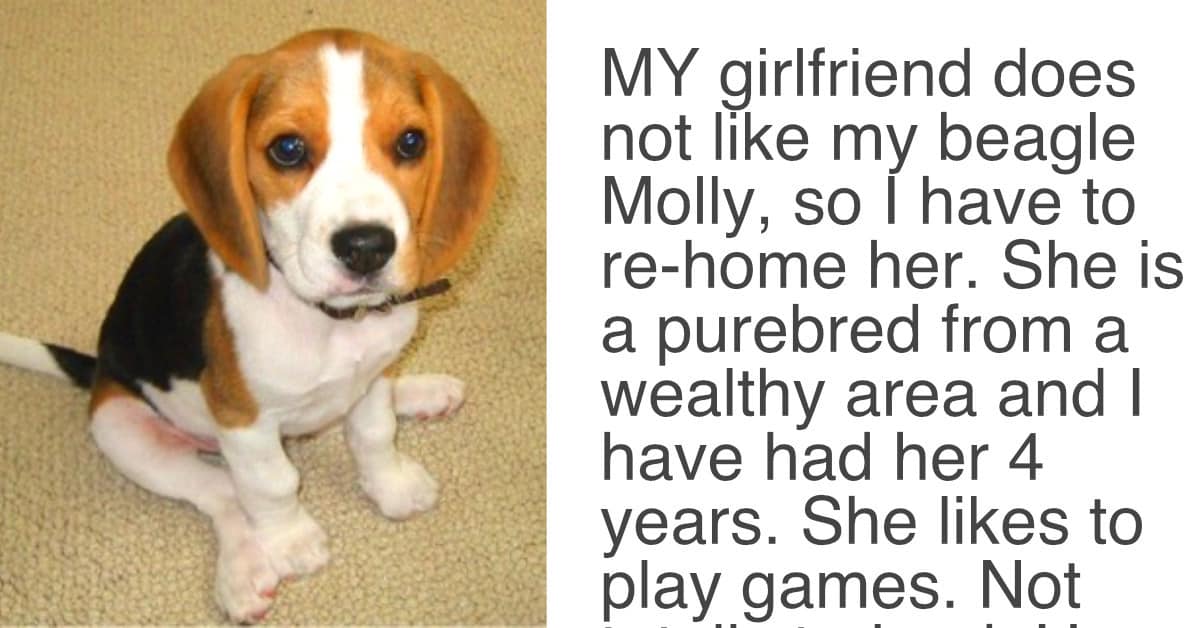








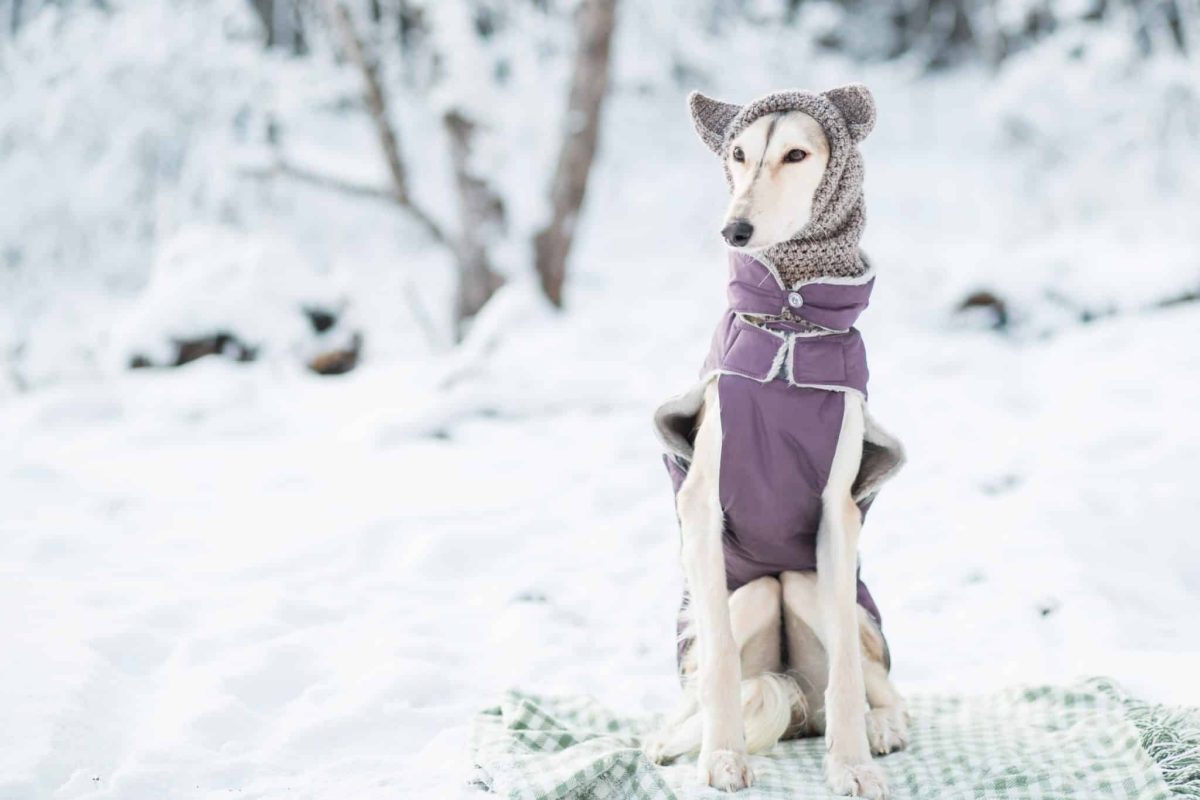
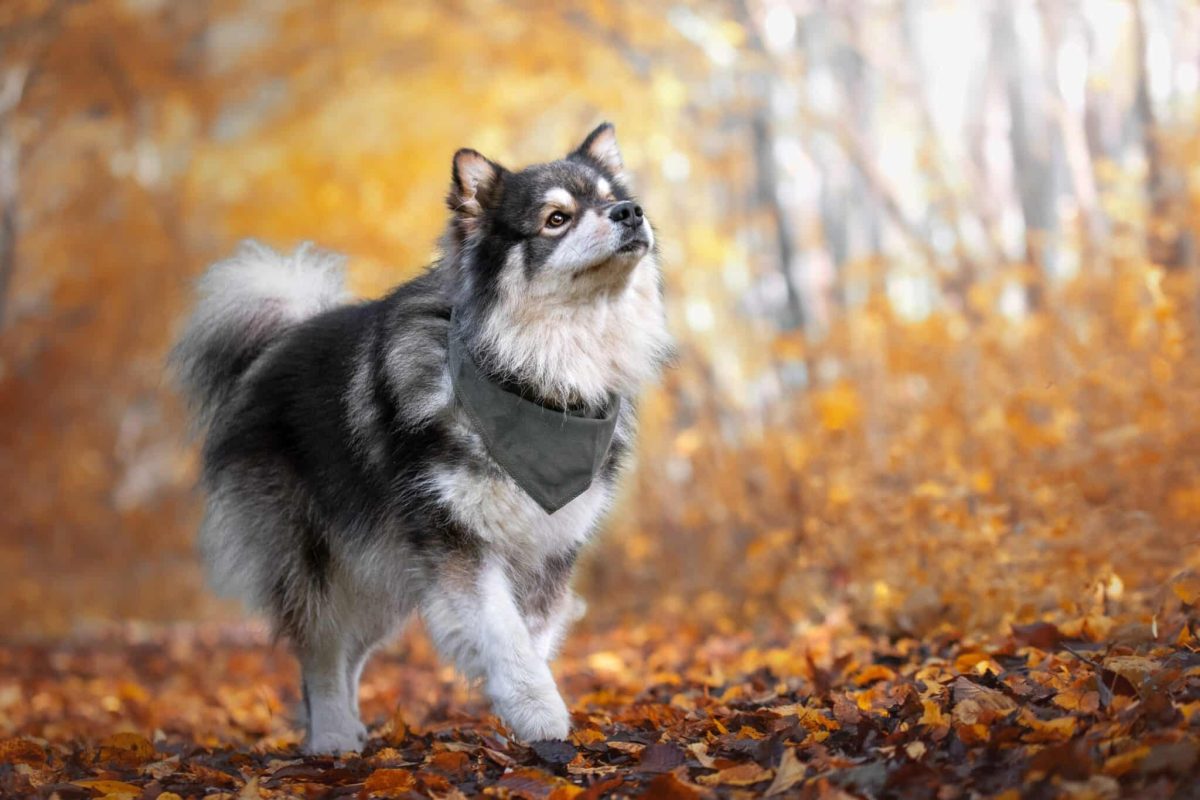


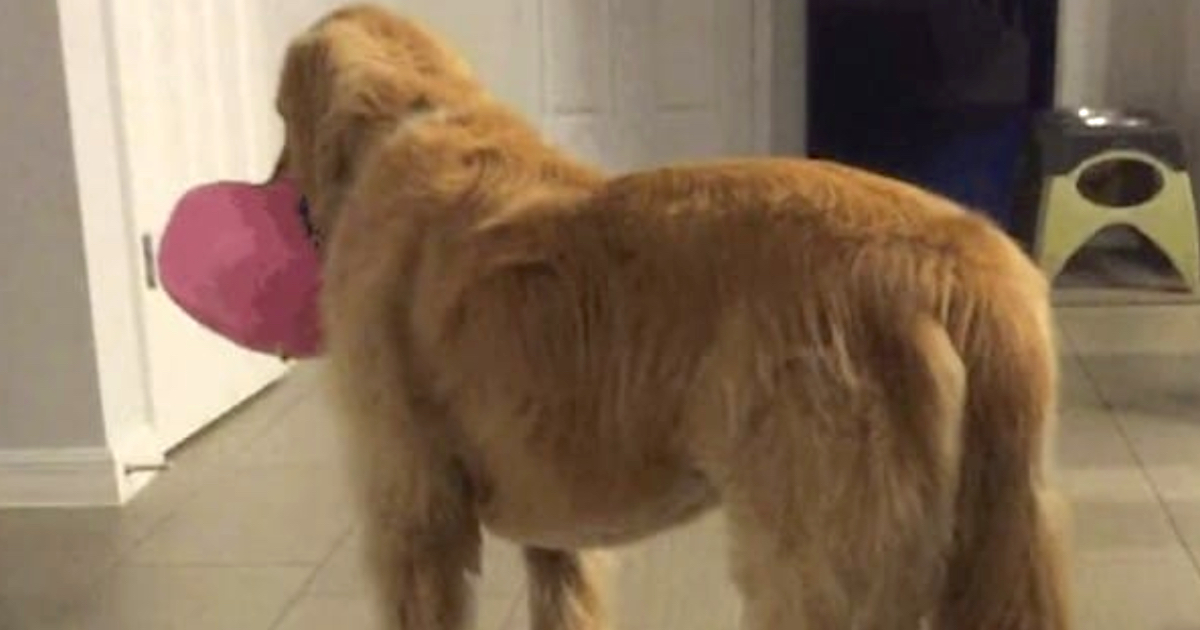

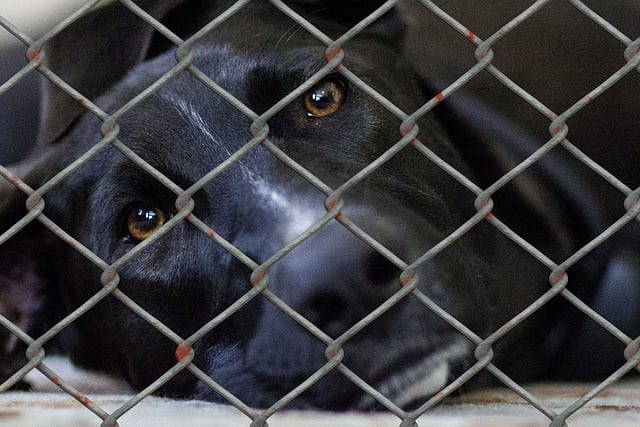
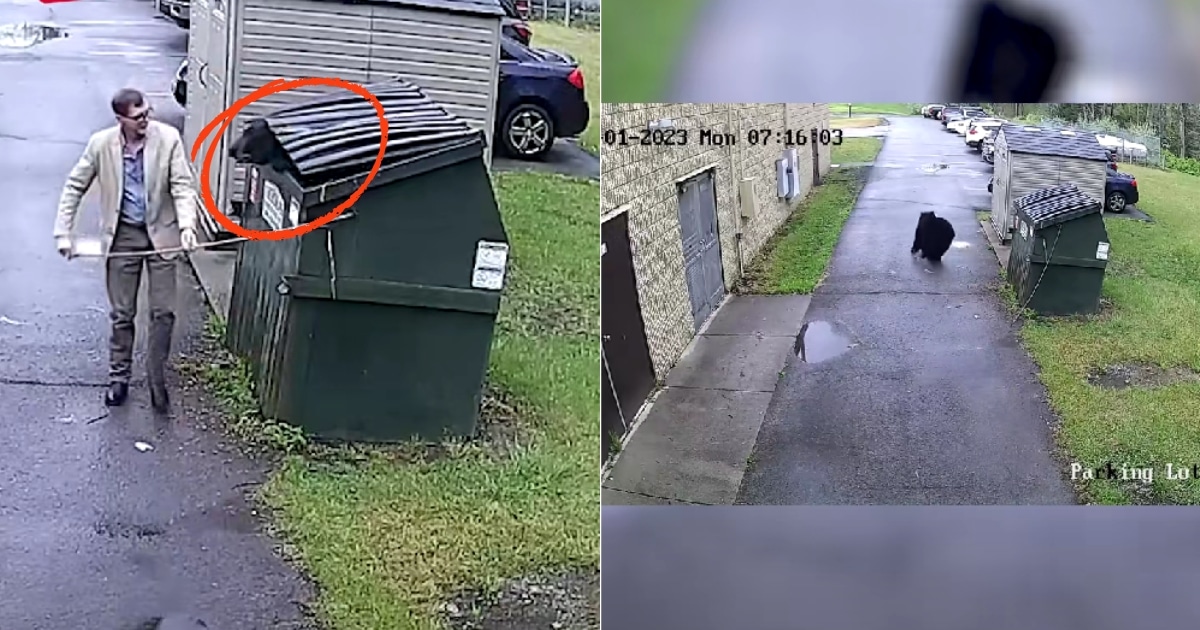
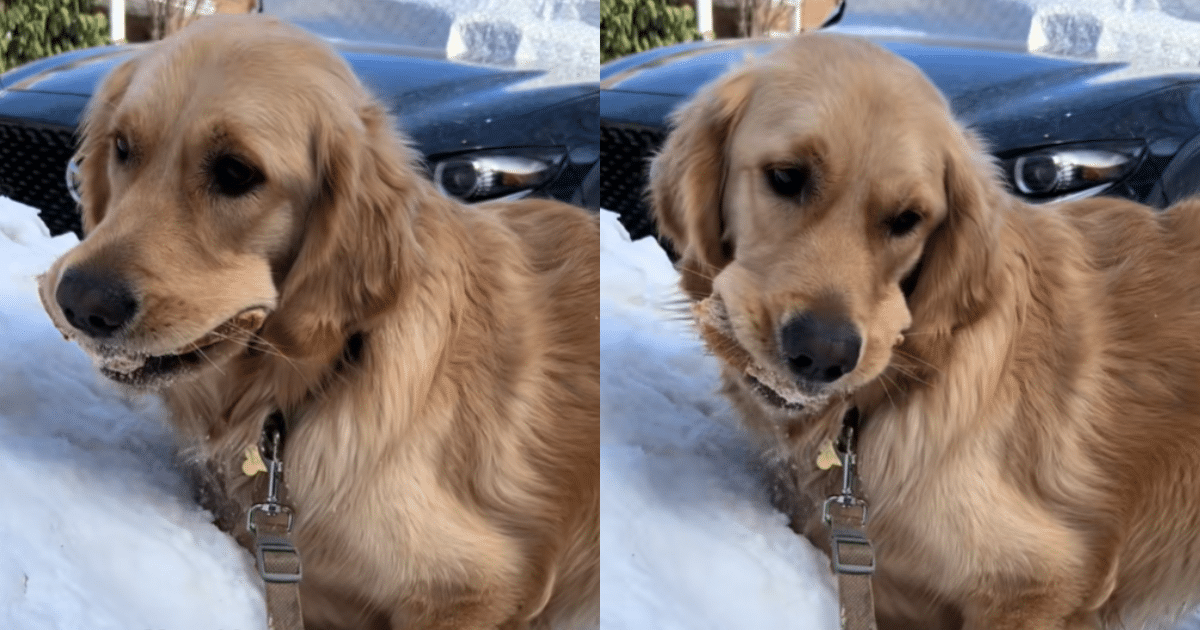
 English (US) ·
English (US) ·